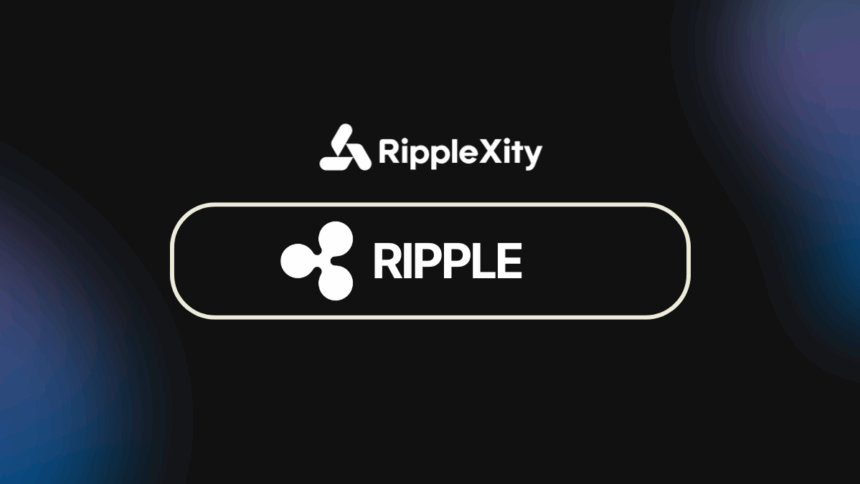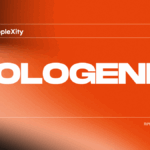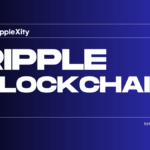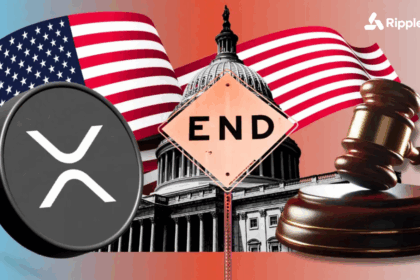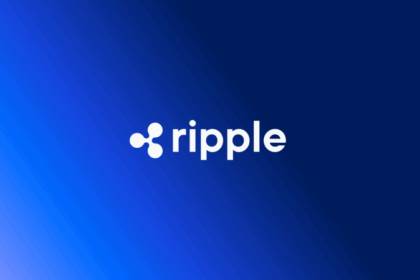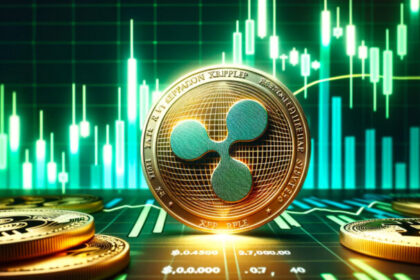The next era of global finance is being built on the tokenization of real-world assets (RWAs)—from stocks and bonds to real estate, commodities, and beyond. At the heart of this transformation is Ripple, whose blockchain infrastructure and partnerships are uniquely positioned to become the underlying settlement layer for tokenized asset markets worldwide.
As major institutions move toward issuing digital representations of real-world value, Ripple’s ecosystem—powered by the XRP Ledger (XRPL) and future-facing products like Ripple Liquidity Hub and CBDC platforms—offers the compliance, efficiency, and scalability needed to handle tokenized finance at scale.
What Is Tokenization and Why Does It Matter?
Tokenization is the process of turning rights to real-world assets into digital tokens on a blockchain. These tokens represent:
- Fractional ownership
- Tradable financial instruments
- Real-time settlements
- Smart contract programmability
According to Boston Consulting Group, $16 trillion in tokenized assets could exist by 2030.
Ripple’s Infrastructure for Asset Tokenization
✅ XRP Ledger (XRPL)
- High throughput and ultra-low fees
- Built-in DEX for seamless trading of tokenized assets
- Native support for issuing stablecoins and custom tokens (IOUs)
✅ Ripple Liquidity Hub
- Enables liquidity sourcing for tokenized assets
- Connects to crypto and fiat pools
- Provides institutional-grade access to trading infrastructure
✅ CBDC & Tokenization Platform
- Ripple’s CBDC solution can be used to issue central bank digital currencies
- Can also tokenize government bonds, securities, and regulated assets
Key Use Cases of Tokenized Assets on Ripple
🏦 Tokenized Bonds & Treasuries
- Ripple is working with Monetary Authorities and financial partners to tokenize bonds
- Enables instant settlement, lower risk, and real-time yield distribution
🏘️ Tokenized Real Estate
- Fractional property ownership with instant global access
- XRP Ledger’s DEX can offer 24/7 liquidity
🛢️ Commodities (e.g., gold, oil)
- Ripple partners are exploring tokenized gold and oil markets using XRPL tokens
- Secure and programmable supply chain integration
🎨 Tokenized Art & Collectibles
- Enables provenance tracking and royalty payments via XRP micropayments
Ripple vs. Other Tokenization Infrastructures
| Platform | Key Strengths | Limitations |
|---|---|---|
| Ripple/XRPL | Fast, low cost, built-in DEX, ESG | Less programmable than EVM |
| Ethereum | Smart contracts, developer-rich | Congestion, high fees |
| Polygon/AVAX | Ethereum-compatible, fast | Centralization trade-offs |
| Stellar | Efficient for stablecoins | Limited enterprise infrastructure |
Ripple’s focus on compliance and partnerships makes it ideal for regulated institutions entering the tokenization space.
Real-World Progress
- Montenegro CBDC pilot with Ripple in progress
- Collaborations with banks and exchanges to tokenize securities and mutual funds
- Ripple’s platform is already powering $B+ in annual cross-border flows, laying the groundwork for tokenized settlements
The XRP Ledger’s Unique Advantage
- Instant settlement (3-5 seconds)
- Negligible transaction costs (<$0.001)
- Environmentally sustainable
- Native multi-asset support with atomic swaps
As tokenized assets go mainstream, XRPL’s architecture makes it a natural fit for scalable, secure, and real-time ownership transfer.
Final Thoughts
The future of finance is tokenized, and Ripple is at the center of this transformation. With its powerful infrastructure, regulatory-forward approach, and proven enterprise adoption, Ripple and the XRP Ledger are shaping the foundation for a global token economy.
At RippleXity, we continue to document Ripple’s pivotal role in redefining ownership, access, and liquidity in the age of blockchain finance.




